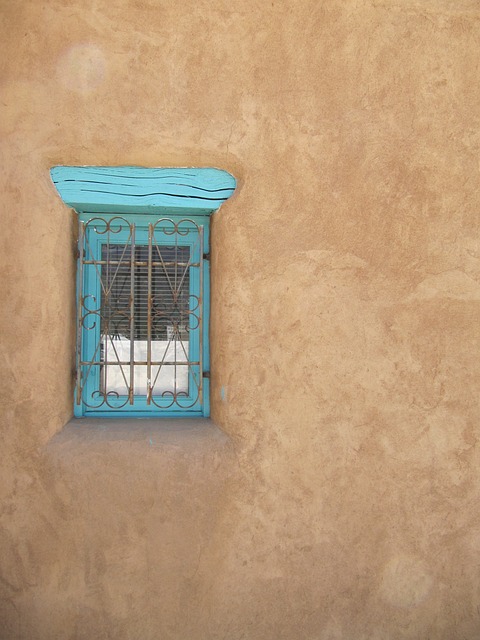This past summer, in Taos, New Mexico, I spent six weeks nestled inside adobe walls. The walls of the home were thick red mud, caked by man and baked by sun. The garden and patio also wore a tall, plush robe of the same red clay. Here, I spent most days writing. With earthen barriers all around me, I literally stayed shut away from the world, working undisturbed.
Backing up for a minute, let me just say that before arriving in Taos, I had a general idea of what I wanted to write, having toted with me a bushel of notes I’d accumulated over the years. Once onsite, I put off placing pen to paper, because I discovered the home’s small library held a fascinating book.
terror, taos style
The non-fiction volume entitled, Gringo Lessons: Twenty Years of Terror in Taos was written by a local man, Bill Whaley. It spelled out his role in the 1960’s and ‘70’s shaping of Taos into a national and international mecca for artists and the arts. The movement he orchestrated saw an extensive draw of book and magazine illustrators from the east coast, musicians and film makers from Los Angeles, and sculptors and painters from every place in between.
Whaley, a creative visionary, simply saw the possibilities, and pursued his passion. Afterwards, he chronicled in the book I held, the arts movement’s creation, its explosive pinnacle and decades of slow decline, until settling into the Taos known today—galleries galore with artists under every clay roof in town.
lessons taken to heart
I read Gringo Lessons from cover to cover. Whaley’s historical account fascinated me. Like cultural shifts everywhere, the origins can always be traced back to a spirited few with impressions of a future built on prayers given, and licks received. Dreamers willing to sacrifice their all.
One such person wrote the book that I poured over, and it inspired me to see my own journey in a fresh light. In the 1980-2020 era, I too, played a part in a new movement, first in Austin, Texas, and then across many Europe countries. Ensconced in adobe, I saw clear parallels between Whaley’s book, and the one I had come to write there.
In my glee of discovery, I sang and danced, as if to shake the massive walls. This man wrote an account of his bringing people to Taos to drink from the area’s artistic arroyos. At a later time, I was a ground floor member of a different crusade. I too could write my story like he did. Not focusing on my small personal life, but rather, on the larger picture of what unfolded around me.
Reading Whaley, I first got an inkling, and eventually a full-blown outline of how to write about the middle years of my life. It wouldn’t be like Whistler of Petty Crimes, as I’d expected. I wouldn’t simply disclose benchmarks in my own life’s journey. Those stories would take a back seat. Instead, the spotlight must shine on the holistic alternative movements that became my passion and the evolutionary front I served.
the end
In the short weeks I spent in New Mexico, I finished a first draft of the book I set out to write. Like the original draft of Whistler, written while exiled in Greece during covid, this one too seemed to write itself. So quickly the words flew onto the pages. Such gifts, both the books and the places they were born. Magical Greece. And equally mystical Taos. For the grace received, I left in both places my deepest gratitude. Oh yeah, and I thank you, Bill Whaley for your take on artsy Taos.

